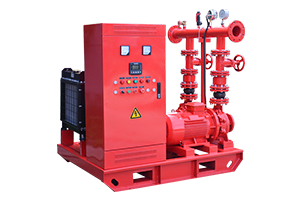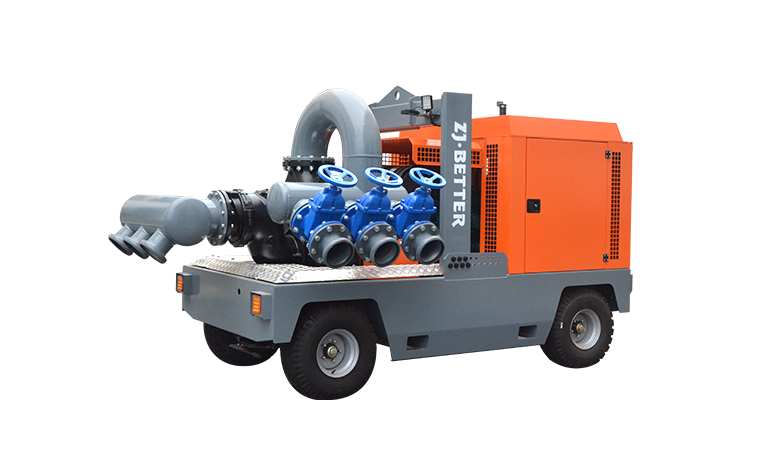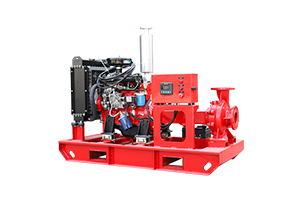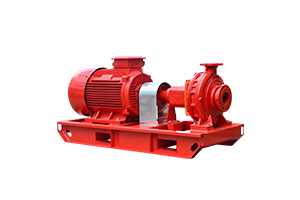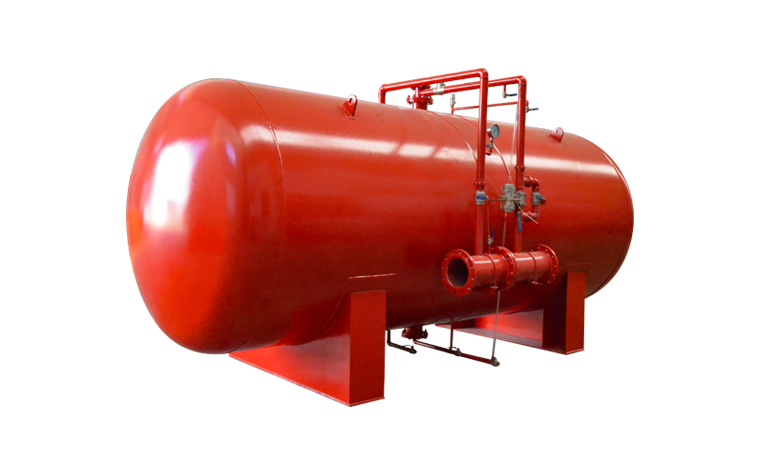-
 Jun 21, 2024How do you ensure redundancy in fire pump systems?Ensuring redundancy involves:
Jun 21, 2024How do you ensure redundancy in fire pump systems?Ensuring redundancy involves:
- Multiple Pumps: Installing multiple fire pumps (primary and secondary) to provide backup in case the primary pump fails.
- Independent Power Sources: Using different power sources for each pump (e.g., electric for one and diesel for another) to mitigate the risk of total power failure.
- Automatic Transfer Switches: Implementing automatic transfer switches to seamlessly switch power sources in case of a failure.
- Regular Testing: Conducting regular tests on all pumps to ensure that both primary and backup systems are operational.View details -
 Jun 21, 2024What are the best practices for fire pump system commissioning?Best practices include:
Jun 21, 2024What are the best practices for fire pump system commissioning?Best practices include:
Detailed Planning: Developing a comprehensive commissioning plan that outlines all necessary steps, including testing, inspections, and documentation.
Performance Verification: Conducting thorough performance tests under various operating conditions to ensure the pump meets design specifications.
System Calibration: Fine-tuning control settings to optimize system performance and response times.
Training: Providing detailed training for maintenance staff and emergency responders on system operation and troubleshooting.
Documentation: Compiling detailed records of all commissioning activities, test results, and system settings for future reference.View details -
 Jun 20, 2024What are the considerations for integrating fire pumps into mixed-use developments?Considerations include:
Jun 20, 2024What are the considerations for integrating fire pumps into mixed-use developments?Considerations include:
Diverse Needs: Addressing the diverse fire protection needs of residential, commercial, and possibly industrial areas within the development.
Pressure Management: Implementing pressure management strategies to ensure adequate pressure across different building types and heights.
Zoning and Isolation: Creating zones to isolate and control the fire protection system according to the specific requirements of each use type.
Unified Monitoring: Using a unified monitoring system to oversee the fire pump operations across the entire development.View details -
 Jun 20, 2024What are the benefits and drawbacks of using vertical turbine fire pumps?Benefits include:
Jun 20, 2024What are the benefits and drawbacks of using vertical turbine fire pumps?Benefits include:
Space Efficiency: Vertical turbine pumps are ideal for applications with limited horizontal space.
High Suction Lift: Suitable for applications requiring high suction lift from below-ground water sources.
Robust Construction: Often more robust and capable of handling various water qualities, including water with suspended solids.
- Drawbacks include:
Maintenance Complexity: Can be more complex and costly to maintain due to their vertical configuration.
Installation Challenges: May require more intricate installation processes compared to horizontal pumps.View details -
 Jun 18, 2024What are the steps for commissioning a new fire pump system?Steps include:
Jun 18, 2024What are the steps for commissioning a new fire pump system?Steps include:
Initial Inspection: Perform a thorough inspection of the installation to ensure all components are correctly installed and connected.
Performance Testing: Conduct performance tests to verify that the pump meets the required flow and pressure specifications.
System Calibration: Calibrate control systems and settings to ensure proper operation and response times.
Documentation: Document all tests, inspections, and calibrations, creating a comprehensive commissioning report.
Training: Provide training for facility staff on the operation, maintenance, and emergency procedures related to the fire pump system.View details -
 Jun 18, 2024What considerations are needed for fire pump installations in areas prone to flooding?In flood-prone areas, considerations include:
Jun 18, 2024What considerations are needed for fire pump installations in areas prone to flooding?In flood-prone areas, considerations include:
Elevated Installations: Install the pump and associated equipment above potential flood levels.
Waterproof Enclosures: Use waterproof or submersible enclosures for electrical components and controls.
Flood Barriers: Implement physical barriers around the pump room to prevent water ingress.
Drainage Systems: Ensure adequate drainage systems are in place to quickly remove water from the pump area.View details

